
Welcome
Inca Trail Hikes Peru is an experienced travel company that provides designed unique tours and treks to new and exciting gems in the wilderness, as well as the popular original destinations. We will world together and create a memorable and unique adventure experience in Peru. Many of these adventures you will find only on our website and are unique to Inca Trail Hikes Peru.
We only use our professional Inca Trail Hikes Peru staff to operate our treks and tours. We provide high quality services while maintaining unique treks and tours. We pride ourselves with providing all our tours and treks are conducted in private and small groups. Inca Trail Hikes Peru always takes alternative paths and use only secluded camping spots.
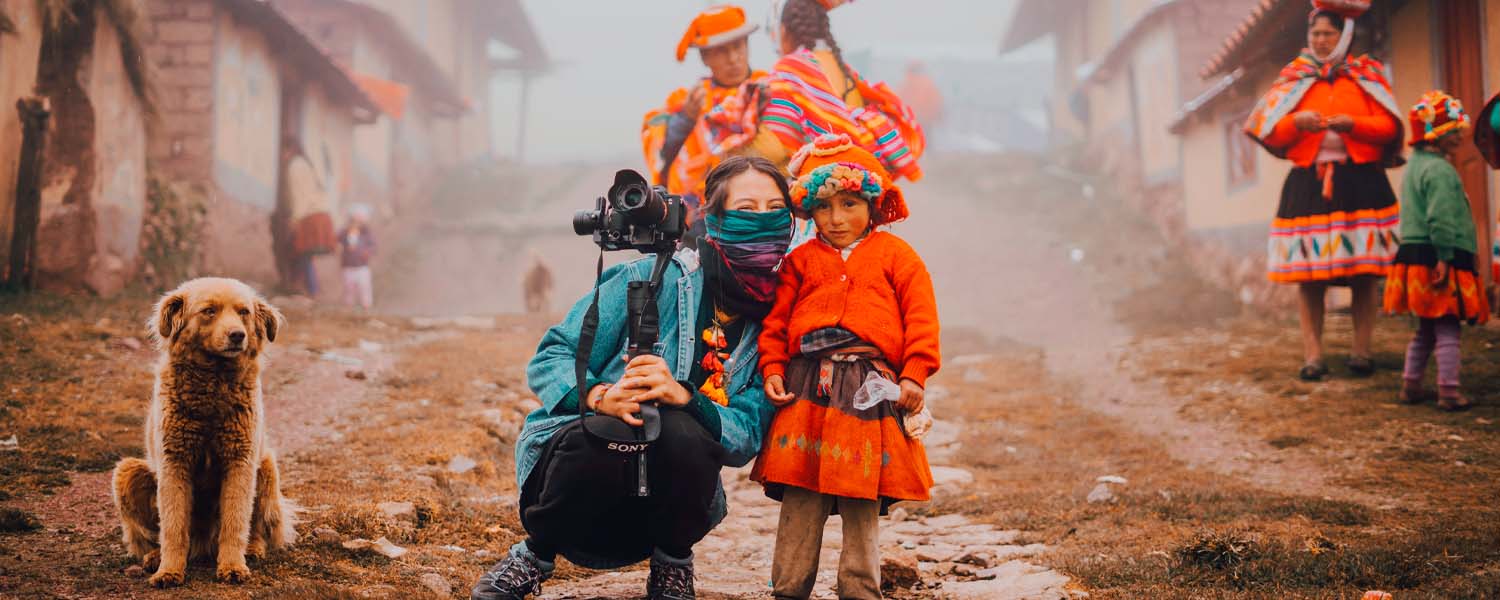
In our travel blog, we invite you on an exciting journey through amazing destinations, unforgettable experiences and the stories that give life to each adventure. Here, we explore the world through the lens of curiosity, a passion for exploration, and a love of diverse cultures and landscapes.
Cusco receives millions of tourists every year. It’s the gateway to Machu Picchu and the Sacred Valley and holds its own as a must-visit destination. So, how do you get to Cusco from Lima, the only entryway if you’re flying into the country (for now)? There are two main ways to get to Cusco if you are in Lima. One is by flying, which is the easiest option, second is by bus which is scenic and adventurous.
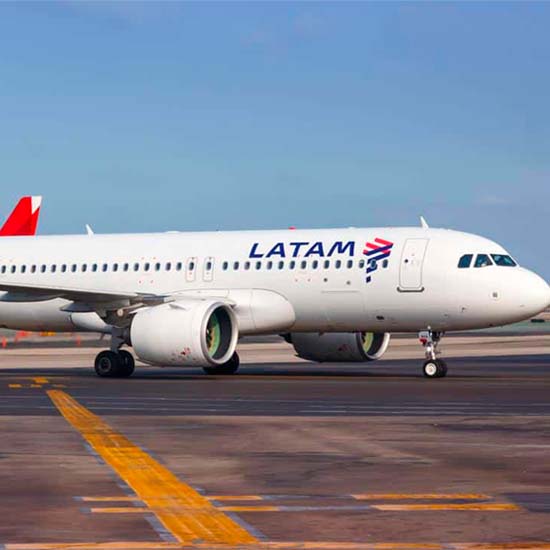
There are numerous airlines offering flights within Peru . Some airlines are budget airlines, however the amount of luggage they allow without an extra charge is important to check. If you have arrived on an international flight within the last 24 hours generally they will accept all of your luggage at no extra charge. Be aware that some airlines do not charge extra fees for foreigners and some do...
View deatils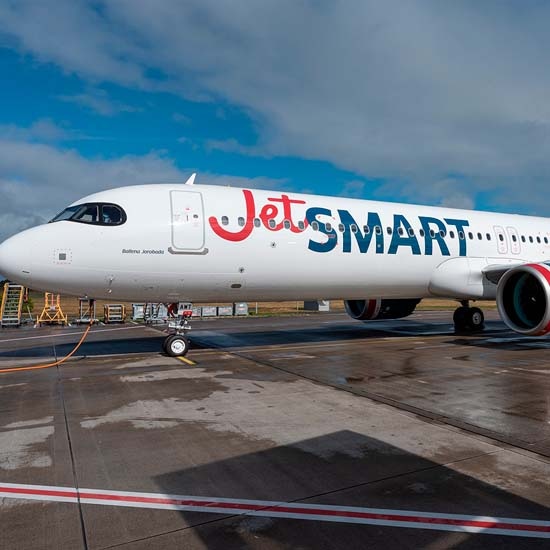
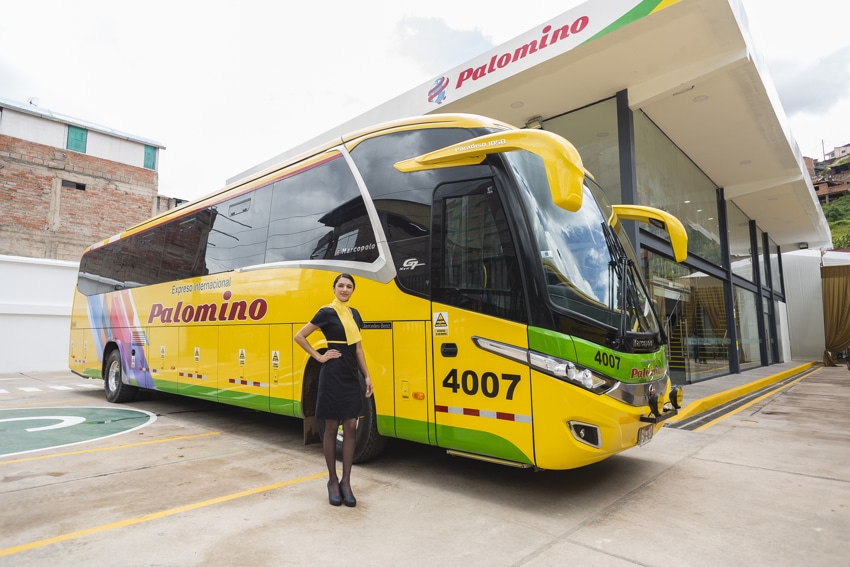
Buses are the main form of transport for long distance travelling in Peru. It’s the preferred way of many since buses are cheap in Peru, but remember not all Bus companies are the same. For your comfort, safety and time we made this ranking of the best bus companies in Peru.
View deatils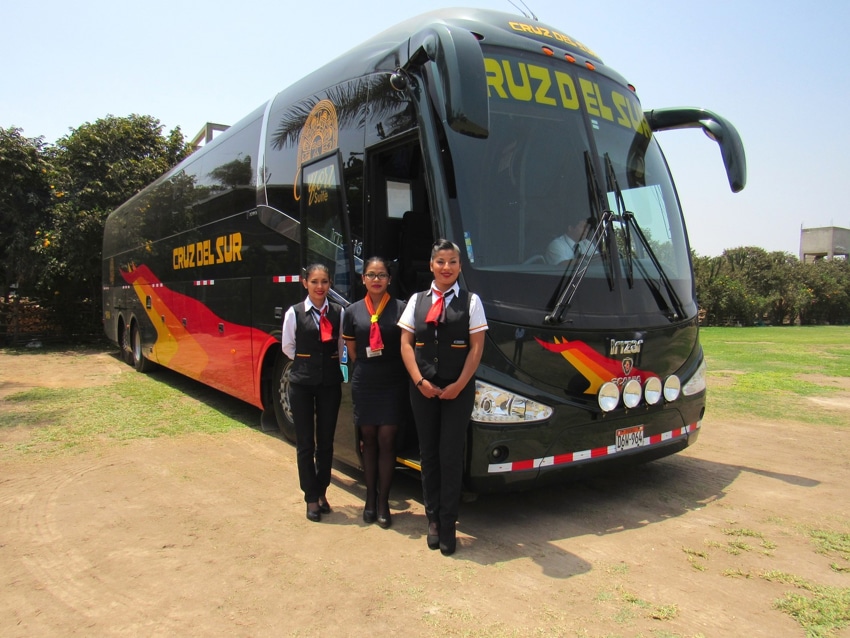
Cusco, Peru is a popular tourist destination known for its rich history, culture, and proximity to the famous Machu Picchu. The best time to visit Cusco largely depends on your preferences and the type of experience you're looking for. Here are the main factors to consider:
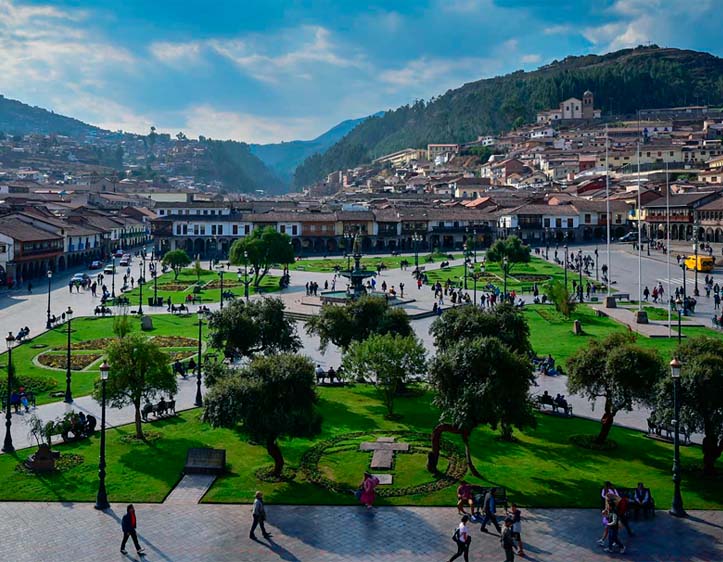
Dry, most popular time to trek (busiest months June, July and August)
Wet, but quieter than the busy season and worth considering as months to trek
Wettest months, Inca Trail closed in February. Too wet to trek
Wet, but quieter than the busy season and worth considering as months to trekDry, most popular time to trek (busiest months June, July and August)
Cusco, Peru is a city rich in history, culture and natural beauty. The ancient city is wonderful mix of Inca and Spanish Colonial architecture waiting for you to explore. The city is the gateway to the famous Inca site of Machu Picchu and offers a multitude of attractions in the city and the surrounding areas.
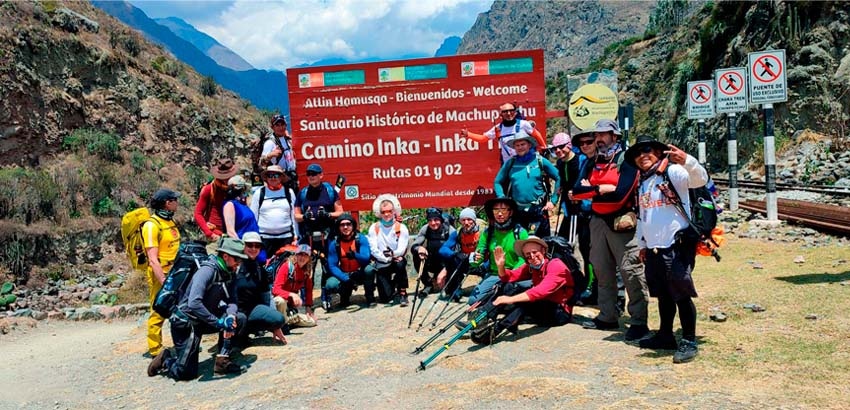
The Inca Trail is a world-famous trek in the heart of the Peruvian Andes. It is important to choose the right company for your adventure of a lifetime.
See more deatils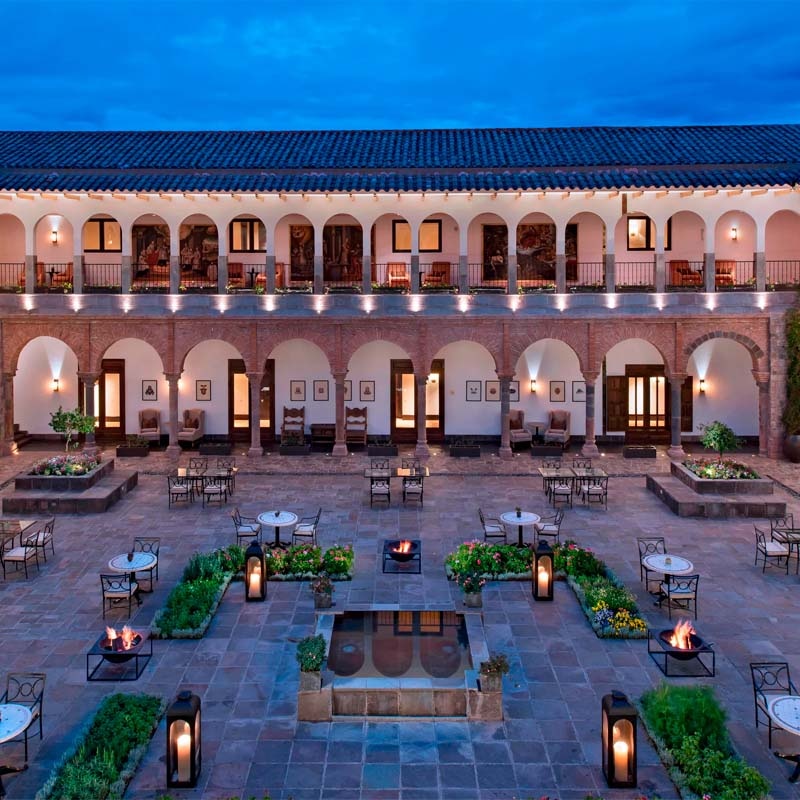
Peru has a great selection of hotels for all tastes and budgets. From 5 Star luxury properties located in old Spanish Colonial houses to budget hotels there is something for everyone.
See more deatils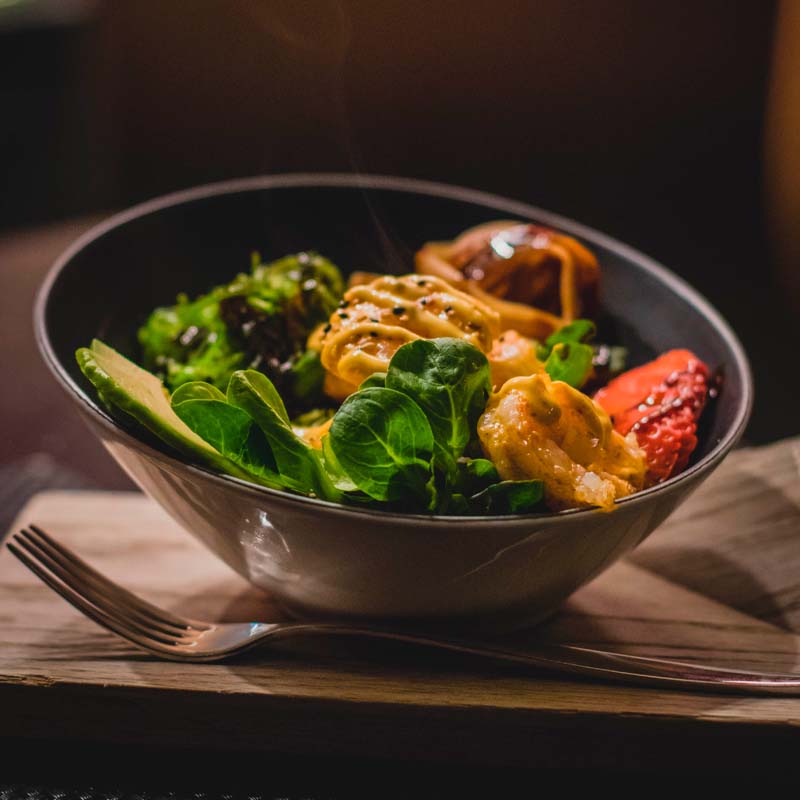
Cusco has some of the best restaurants in Peru. You will find a delicious mix of Peruvian and International cuisine that will delight your taste buds.
See more deatils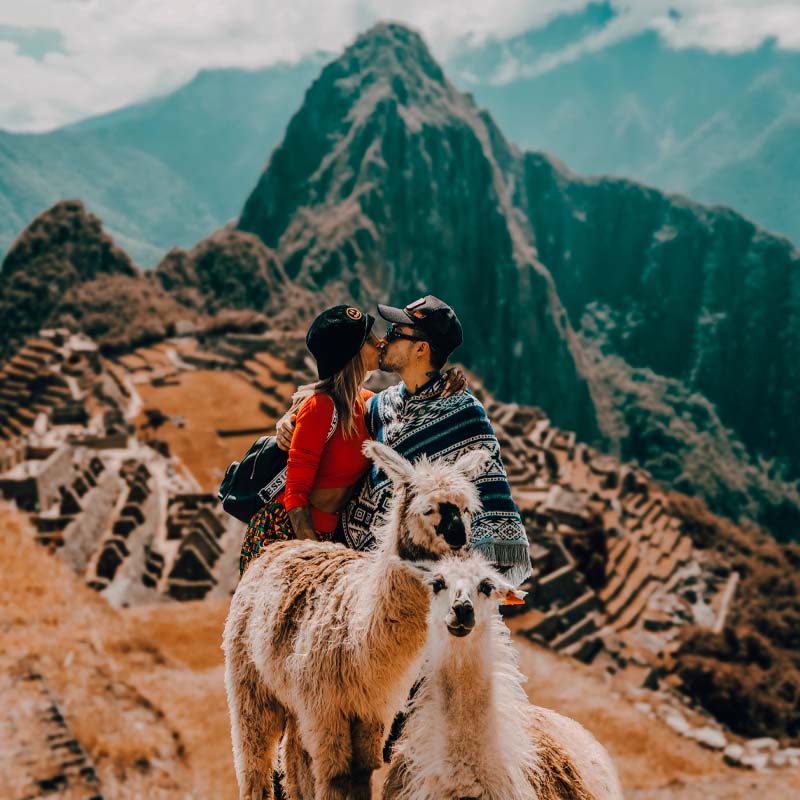
Peru has some of the best ancient history and natural beauty of any country in the world. Book a Classic Tour today.
See more deatils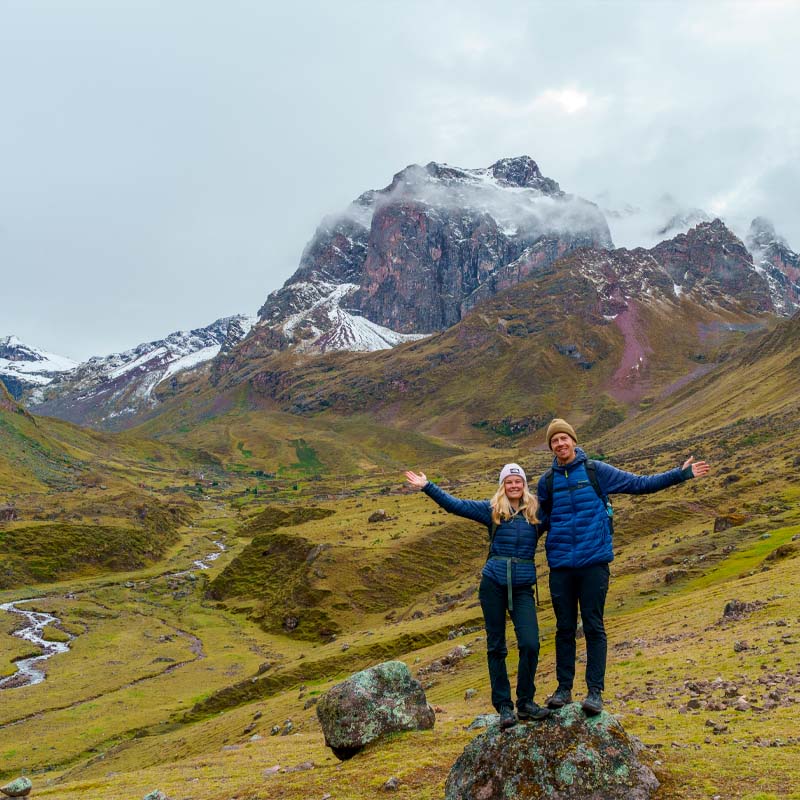
From most major cities in Peru, you can visit many sites on a wonderful day tour, check our website for the best Day Tours.
See more deatils
"Discover the Colors of Adventure: Rainbow Mountain Trek, Peru!"
The Rainbow Mountain trek offers a unique opportunity to experience the stunning beauty of the Andes Mountains in Peru, with its colorful geological formations as the main attraction.
5 best places to visitPeru is a diverse and culturally rich country with a wide range of attractions for travelers. From the coast, to the highlands and the jungle, Peru is one of the most biodiverse countries on the planet. On most people’s bucket list, Machu Picchu is a highlight of any Peruvian tour.